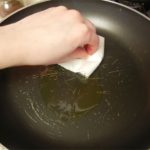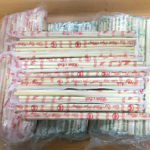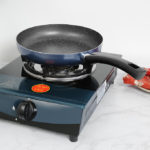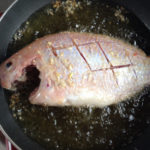Non-stick pans are widely used in modern households for their superior performance compared to traditional pans. The non-stick coating makes it easier for you to fry and cook. However, when the non-stick coating starts peeling off, it not only releases harmful chemicals but also makes it harder for you to cook. To make your non-stick pan more durable, follow the tips below:
Wash the pan with tea residue
After the production process, the pan is coated with a layer of unpleasant and toxic oil. Therefore, washing it with tea residue helps remove this odor and make the non-stick pan more durable. You can use cold tea or green tea water for washing.
Fry the first egg
After washing the pan with tea residue, evenly spread a little cooking oil on the surface of the pan and fry the first egg. The purpose of doing this is to create an extra non-stick layer to support the manufacturer’s non-stick coating, making it more durable.
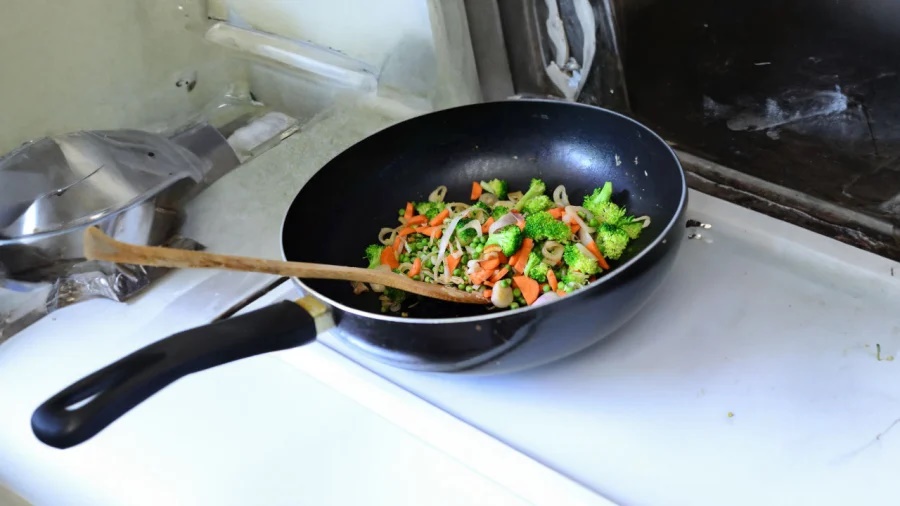
Put cooking oil in the pan before turning on the stove
When cooking, we often have the habit of heating the pan and then pouring oil to fry or stir-fry food. However, this method is only suitable for pans made of ordinary aluminum or cast iron. Heating a non-stick pan without oil will make the non-stick coating peel off faster. Therefore, dry the pan before pouring oil and then turn on the stove. Putting a non-stick pan on the stove without oil also increases the risk of releasing toxic substances from the non-stick coating, which is harmful to the body.
Use wooden spoons/spatulas when cooking in the pan
Using sharp utensils for frying, sautéing, or stir-frying with a non-stick pan can cause it to peel off easily. Therefore, you should be careful with the cooking utensils you use. It is recommended to use wooden spoons or chopsticks to reduce the risk of scratching.
Cook at low or medium heat
At high temperatures, the pan becomes too hot, causing the non-stick coating to degrade and become harmful to health. Therefore, depending on the material and quality of the non-stick pan, the heat should be adjusted accordingly. It is best to keep the flame centered at the bottom of the pan without spreading to the sides. Using low or medium heat will ensure the longevity of the non-stick coating.
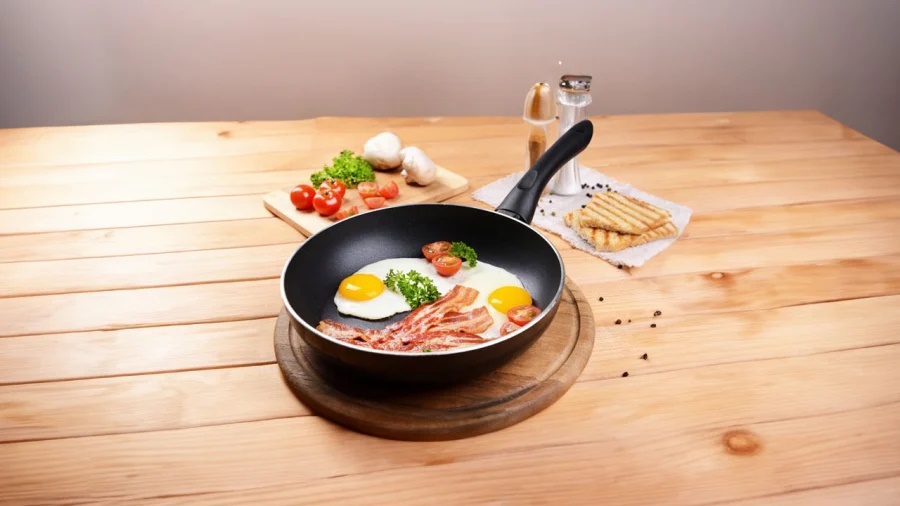
Avoid using the pan for baking or stewing
Baking or stewing prolongs the time the pan is used and exposes it to high temperatures and a lot of salt, which will cause the non-stick coating to deteriorate and peel off quickly.
Wash with warm water
Keep the surface of the pan clean, as grease, sugar residue, and leftover food can reduce the non-stick properties of the pan. The pan will be cleaner when washed with warm dishwashing liquid. However, you should avoid thermal shock by not immediately placing the hot pan in cold water, as it can cause the pan to warp and the non-stick coating to peel off.
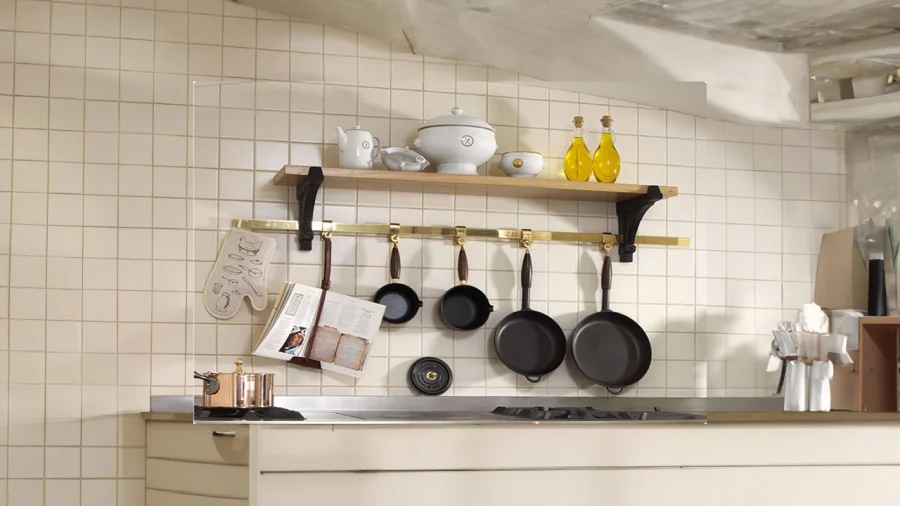
Hang the pan to dry after use
Hanging the pan on a rack is the best way to store a non-stick pan to prevent constant moisture. Additionally, avoid stacking multiple non-stick pans and other objects on top of the non-stick pan, as it will cause scratches more easily.
Avoid using abrasive sponges to clean the non-stick pan
Avoid using hard scouring pads on non-stick pans. Use softer sponges to avoid damaging the non-stick coating of the pan.
According to Giaitri.thoibaovhnt
Transforming a Regular and Old Pan into Non-Stick Cookware
Learn how to transform your regular and old non-stick pans into fresh, new non-stick ones with a few easy steps. With this cost-effective kitchen makeover, you can enjoy all the amazing benefits of a non-stick cooking experience without the need to purchase new pans.

























